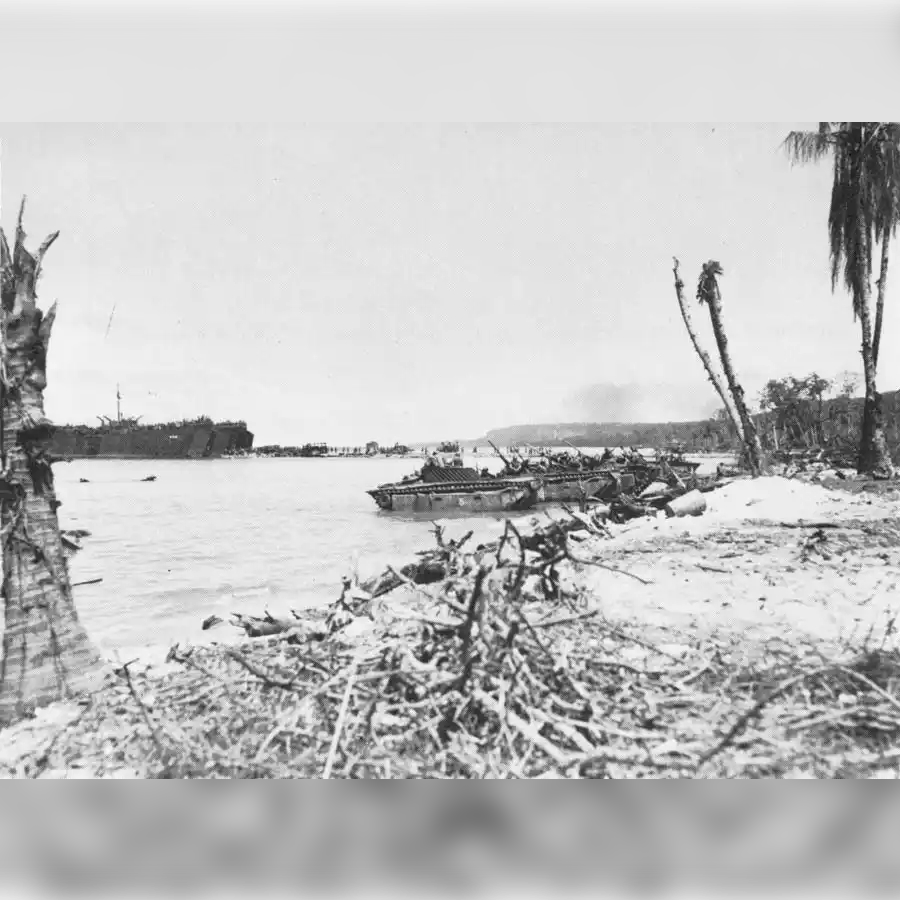11 JUNE 1999 – KOSOVO DEFENSE CAMPAIGN BEGINS
After an extended NATO air campaign that began 24 MAR 1999, a NATO-led international peacekeeping force called the Kosovo Force (KFOR) deployed to Kosovo on 11 JUN 1999 to maintain the tenuous peace between warring ethnic factions.
After an extended NATO air campaign that began 24 MAR 1999, a NATO-led international peacekeeping force called the Kosovo Force (KFOR) deployed to Kosovo on 11 JUN 1999 to maintain the tenuous peace between warring ethnic factions.

In 1998 Kosovo, an autonomous region of Serbia which was home an ethnic Albanian majority and a sizable ethnic Serbian minority, became the site of a civil war between Albanian separatists and the Serbian government of the war criminal Slobodan Milošević.
#Armyhistory #USArmy
#Armyhistory #USArmy

In early JUN, after the NATO bombing campaign, Serbia agreed to allow an international peacekeeping force into Kosovo oversee the return of refugees and maintain peace during the reconstruction process.
#BigRedOne #OldIronsides #AllAmericans #KosovoWar #MilitaryHistory #TRADOC
#BigRedOne #OldIronsides #AllAmericans #KosovoWar #MilitaryHistory #TRADOC

The 30,000-strong KFOR began fanning out across Kosovo on 12 JUN. They discovered much of the region had descended even further into lawlessness with the departure of Serbian government troops, with ethnic Albanians using the vacuum to exact revenge on ethnic Serbs. @TRADOC 

KFOR peacekeepers, including elements of the Army’s 1st ID, 82d ABD, and 1st AD, quelled the unrest and facilitated the flood of returning refugees. The Kosovo Defense Campaign officially ended on 31 DEC 2013 and a small KFOR peacekeeping group remains in the region. @USArmy 

• • •
Missing some Tweet in this thread? You can try to
force a refresh

 Read on Twitter
Read on Twitter

















